

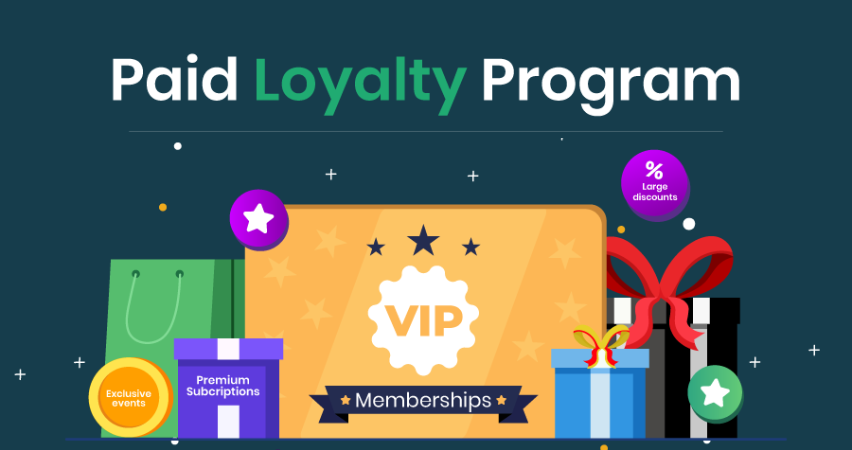
The pandemic has reshaped customer loyalty, making paid loyalty programs more valuable than ever. As businesses adapt, paid programs offer a powerful way to attract new customers and deepen existing relationships.
According to a 2020 McKinsey survey, , paid loyalty members are 60% more likely to spend more on a brand, compared to 30% for free programs. With customers increasingly seeking exclusive rewards and premium experiences, paid loyalty programs have become a key driver of growth. While designing these programs comes with challenges, businesses that get it right can unlock significant long-term value.
This blog explores the rise of paid loyalty programs and what businesses need to know to succeed.
Paid loyalty programs, also known as premium or subscription-based programs, require customers to make an upfront contribution—typically a one-time fee or recurring subscription—to become members. In return, customers gain access to elevated rewards, exclusive experiences, and personalised benefits that justify the cost.
These programs go beyond traditional loyalty systems by offering a higher level of value, making them particularly appealing to customers who seek more than just basic discounts.
While the participation fee is the defining feature, the true value lies in the enhanced experience. Paid programs are designed to offer bespoke rewards, exclusive access, and a sense of belonging to a brand-focused community.
This premium experience encourages customers to invest in long-term loyalty, driving not only higher spending but also deeper emotional connections with the brand. When executed correctly, paid loyalty programs provide a win-win scenario—businesses gain more engaged, higher-value customers, and customers enjoy a more personalised, exclusive brand experience.
Paid loyalty programs offer numerous advantages for both businesses and customers, making them a powerful tool for long-term growth and engagement.
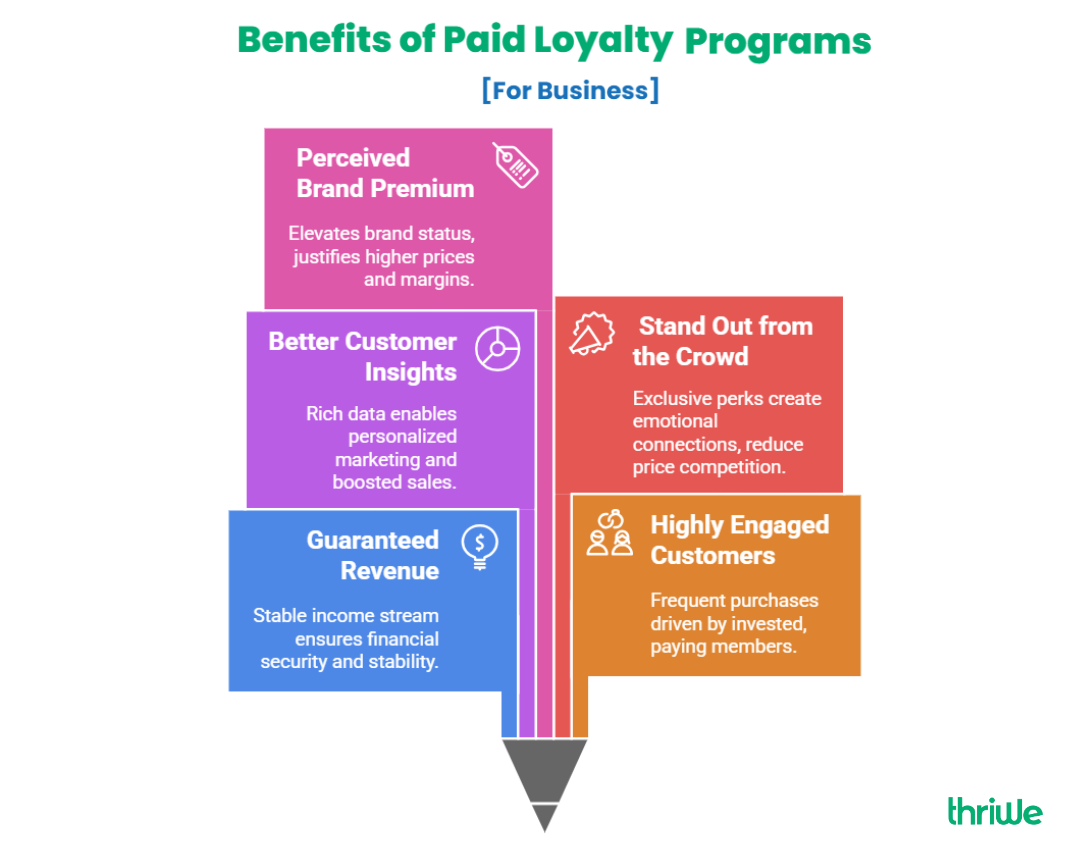
1. Guaranteed Revenue: The membership fees provide a stable, recurring income stream, smoothing out cash flow and offering financial security during slower periods.
2. Highly Engaged Customers: Paying members are more likely to make frequent purchases and spend more, as they feel invested in maximising their membership’s value.
3. Better Customer Insights: The higher spending of paid members results in richer data, enabling businesses to personalise offers and marketing, further boosting sales.
4. Standing Out in Crowded Markets: By offering exclusive perks, businesses can foster deeper emotional connections with customers, reducing reliance on price competition.
5. Perceived Brand Premium: A successful paid loyalty program elevates the brand’s status, helping businesses justify higher prices and stronger margins.
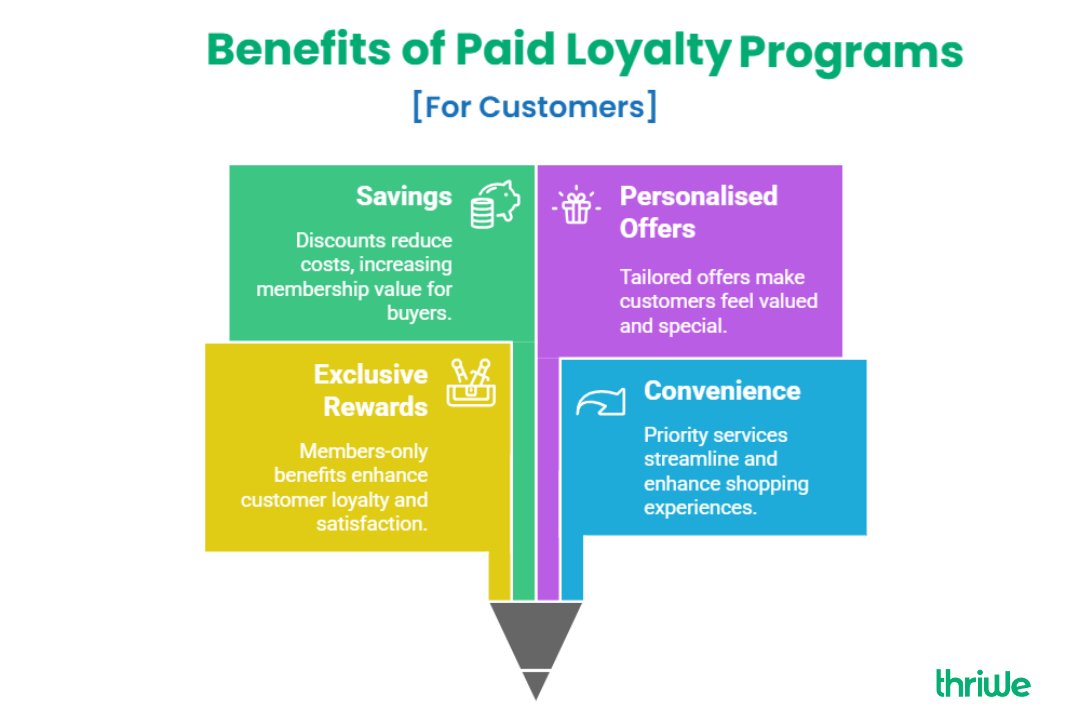
1. Exclusive Rewards: Paid programs offer members-only benefits, like special discounts, early product releases, and unique experiences that are unavailable to non-members.
2. Convenience: Features like priority service, expedited shipping, and personalised recommendations improve the shopping experience.
3. Savings: Many programs offer discounts on purchases, which can quickly offset the membership cost for frequent buyers.
4. Personalised Offers: Tailored discounts, birthday perks, and early access to exclusive products make members feel valued and special.
Overall, paid loyalty programs drive higher engagement, create valuable customer insights, and deliver rewarding experiences that benefit both businesses and customers.

Paid loyalty programs come in various models, each designed to offer unique experiences and cater to different customer preferences. Here are some popular types:
These programs require a monthly subscription, like Amazon Prime, with no free version. To attract new members, brands often offer limited-time trials. Fee-based programs tend to have a smaller but highly committed audience, ensuring a high return on investment (ROI).
This model enhances an existing free loyalty program by offering an optional premium tier with additional benefits. Customers can still enjoy the basic rewards but can subscribe to the premium membership for exclusive perks, boosting profits without alienating non-paying members.
In lifetime programs, customers pay a one-time fee for a lifetime membership. This makes the program more accessible to a wider audience while ensuring profitability. A generous welcome reward helps validate the member’s investment, making them feel instantly valued.
VIP clubs are exclusive tiers within loyalty programs, where members must spend a specified number of points to gain entry. This creates an incentive for customers to make more purchases, while still feeling like a special, non-intrusive reward system.
To make these programs even more enticing, businesses can also consider offering:
Successful paid loyalty programs offer customers more than just discounts—they create memorable experiences that deepen brand loyalty. Here are a few examples of standout programs:
Besides a free loyalty program, CVS Pharmacy, one of the largest pharmacy chains in the US also offers a CarePass program that has redefined convenience in healthcare. For a $5/month or $48/year membership fee, customers enjoy a range of benefits designed to simplify their health needs:
The CarePass program emphasises convenience and health, fostering customer loyalty with practical, valuable perks.

Emirates' premium subscription loyalty program, Skywards+, is tailored for their most loyal passengers, offering three packages with increasing benefits. The program delivers enhanced travel experiences, including:
With Skywards+, Emirates enhances the travel experience, rewarding frequent flyers with exclusive privileges that make their journeys more comfortable and rewarding. The program not only strengthens customer loyalty but also elevates the overall travel experience, fostering long-term brand advocacy.
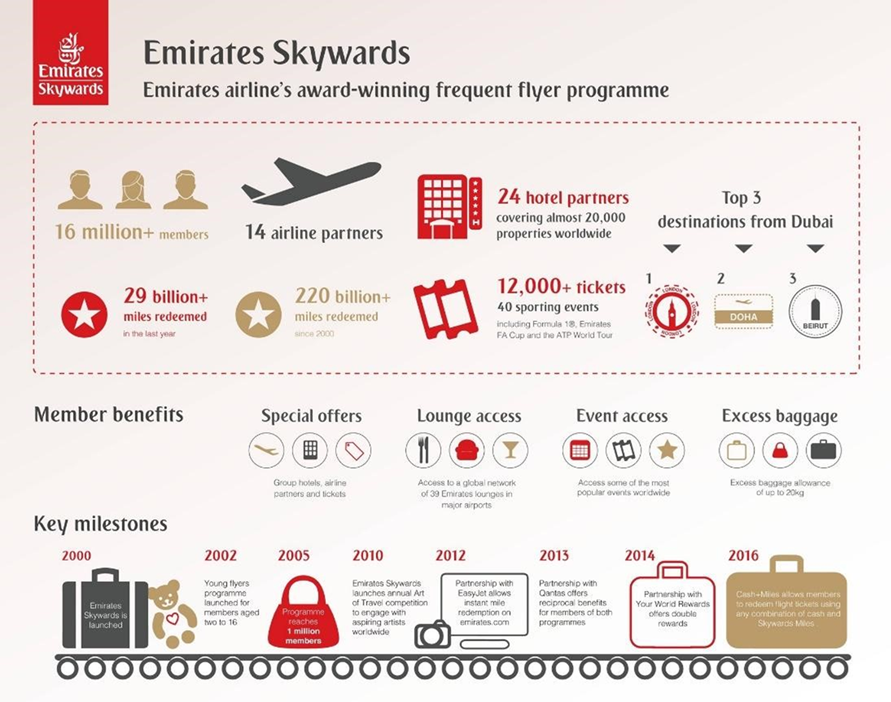
REI, the renowned American outdoor retailer, offers a unique paid loyalty program through its Co-op Member Reward. For a one-time fee of $20, members enjoy a range of benefits designed to foster a sense of community and adventure, including:
Beyond tangible rewards, REI’s Co-op Membership also supports environmental and educational initiatives, with a portion of membership fees donated to outdoor causes. In 2022, REI saw $3.85 billion in sales and added 1.3 million new members, demonstrating the program’s ability to build both community and long-term customer loyalty. This success highlights that a paid loyalty program doesn’t just deliver transactional benefits—it can also tap into customers’ shared values and passions.
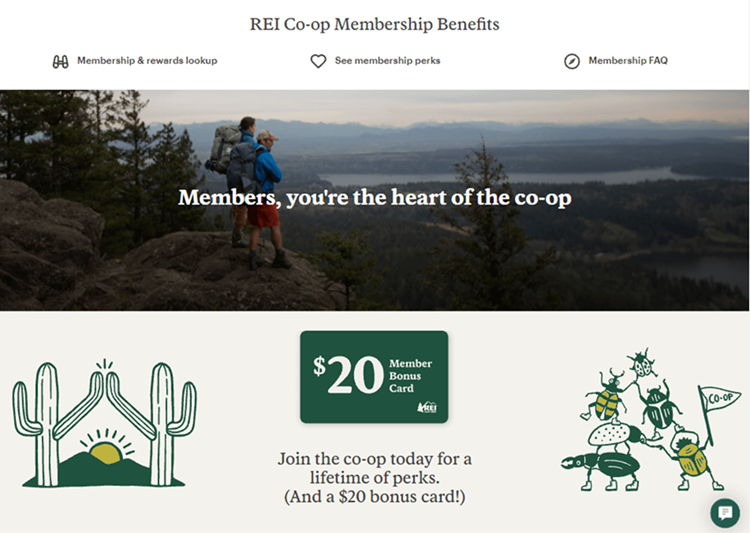
Sephora has mastered the art of blending luxury with convenience through its paid loyalty program, Sephora Flash. This annual subscription enhances their existing Beauty Insider Rouge program, offering members exclusive shipping benefits, including:
With over 17 million members in North America, Sephora has successfully created a community that not only benefits from fast delivery but also enjoys exclusive access to a variety of perks, such as personalised product recommendations, brand samples, and exclusive discounts. Additionally, their Beauty Insider Challenges drive both online and in-store engagement, boosting cross-sell rates from 13% to 51%.
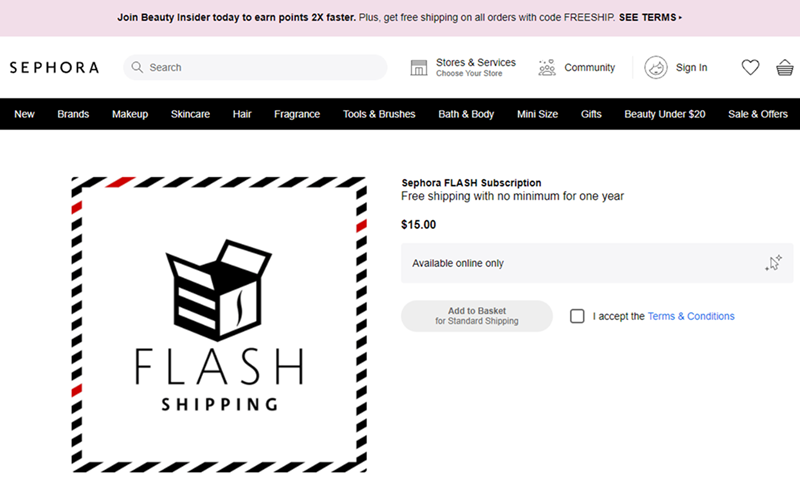
Amazon Prime stands as the gold standard in paid loyalty programs. Offering a host of benefits, from free, fast delivery to access to Prime Video and exclusive deals, it capitalizes on Amazon’s key strengths: speed and convenience. Prime not only provides value through its services but also reinforces customer loyalty, making it an essential part of Amazon's ecosystem.
Key features include:
Results:
1. High Retention: Even after a price increase in 2022, only 14% of U.S. users planned to cancel their membership, showing Amazon’s strong value proposition.
2. Massive User Base: By 2023, Prime had over 200 million global users, with 176 million in the U.S. alone, and membership continues to grow.
3. Enhanced Loyalty: During the pandemic, Amazon's sales surged, with 93% of Prime members renewing their subscriptions.
4. Significant Lifetime Value: The average lifetime value of a Prime subscriber is $2,283—more than double that of non-subscribers, demonstrating the program’s high ROI.
Amazon Prime exemplifies how a paid loyalty program can drive engagement, expand market share, and build long-term customer loyalty, making it a powerhouse in e-commerce.
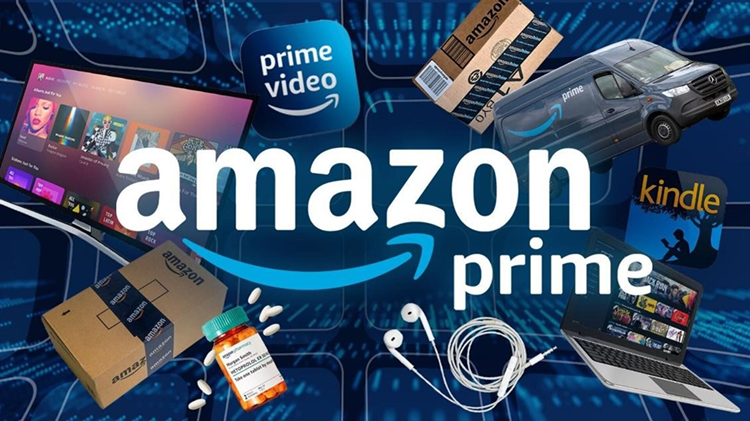
Barnes & Noble has successfully implemented a hybrid loyalty program that combines a free, basic rewards system with a premium paid version. While the free version offers simple rewards like a $5 discount after earning 10 stamps, the paid membership at $40 per year offers an elevated experience for loyal customers.
Key benefits of the paid program include:
Barnes & Noble uses this paid program to enhance customer service and offer added value, competing effectively with larger online retailers like Amazon. By providing extra perks and using the membership to cross-sell products, such as encouraging members to buy coffee with free upgrades, they strengthen customer loyalty. This strategy helps Barnes & Noble carve out a dedicated customer base, even in a price-sensitive market.
DoorDash's DashPass is a prime example of a paid loyalty program tailored for convenience and savings. For a small monthly fee, DashPass members enjoy a range of perks that enhance their food delivery experience. The program is especially attractive for frequent users, offering exclusive discounts and zero delivery fees.
Key benefits of DashPass include:
DashPass appeals to DoorDash’s loyal customer base by providing consistent savings, exclusive rewards, and convenience. The program has helped boost engagement, encouraging frequent orders while cultivating a dedicated user community. It’s a win-win, combining customer satisfaction with increased revenue for DoorDash.
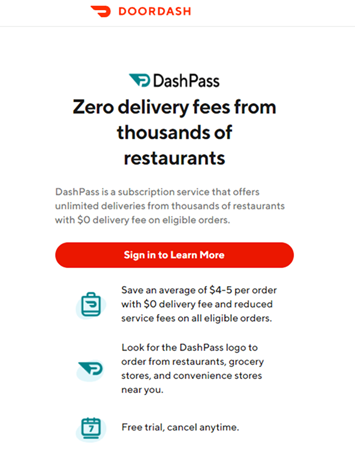
Rotana, a luxury hotel brand based in Abu Dhabi, has mastered the art of rewarding its VIP clientele through its Exclusive Rewards program. With a membership fee of Dh 1050, this paid loyalty program delivers a host of exclusive benefits designed to enhance the guest experience.
Key benefits include:
Rotana’s paid loyalty program caters to its high-value customers by providing a premium experience with tangible perks. This not only enhances guest loyalty but also boosts brand prestige, making it an attractive option for those seeking a more personalised, exclusive hospitality experience.
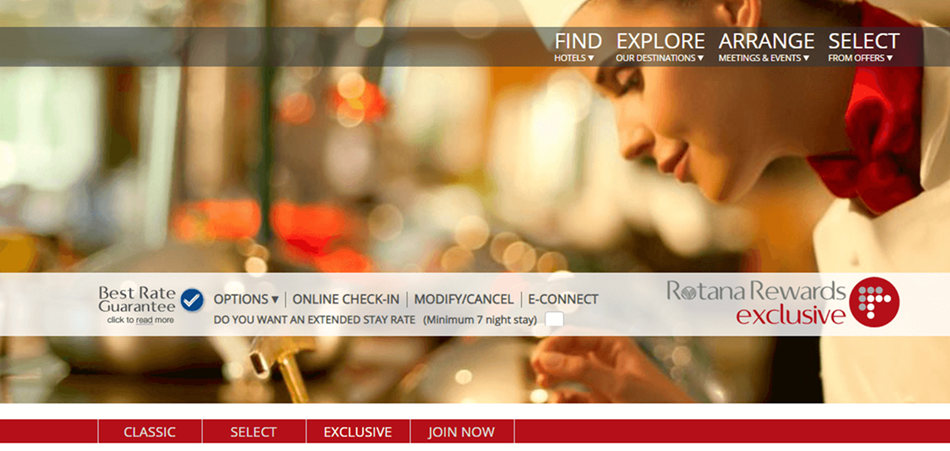
LuisaViaRoma, a renowned Italian luxury fashion retailer, created an exclusive VIP club called the Sneakers Club, catering to sneaker enthusiasts with a passion for high-end footwear. For a 2,000-point membership fee, customers gain access to coveted sneakers before anyone else.
Key benefits include:
LuisaViaRoma’s Sneakers Club successfully combines exclusivity and luxury, attracting fashion-forward customers who value rarity and access. By offering exclusive product availability and early access, the retailer strengthens customer loyalty while creating a sense of privilege among its most dedicated buyers.

Naked Wines, a UK-based online wine retailer, revolutionised the wine industry with a unique paid loyalty program that blends customer support with a direct link to winemakers. For a $40 monthly fee, members (referred to as "angels") contribute to the production of boutique wines and enjoy exclusive benefits.
Key benefits include:
Naked Wines has successfully built a community of passionate customers who feel invested in the brand’s mission to support independent winemakers. By offering deep discounts and engaging members in the winemaking process, Naked Wines turns ordinary wine purchases into an immersive experience, fostering long-term loyalty.
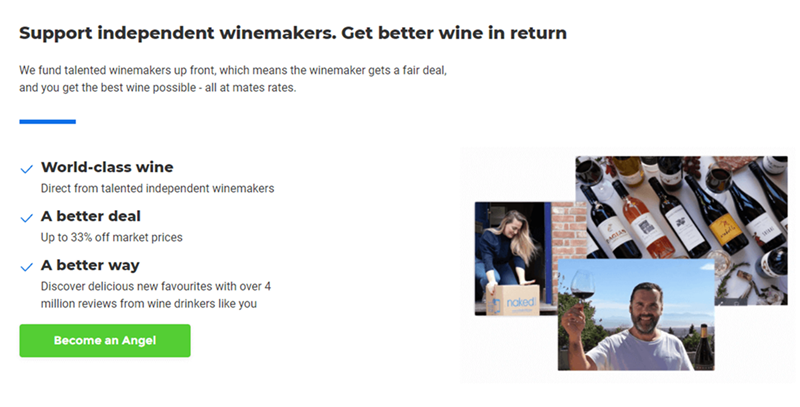
These programs not only offer tangible benefits but also foster strong emotional connections, turning customers into long-term brand advocates.
Zomato’s Gold membership, priced at ₹149 for three months, is a popular paid loyalty program in India’s competitive food delivery landscape.
Key benefits include:
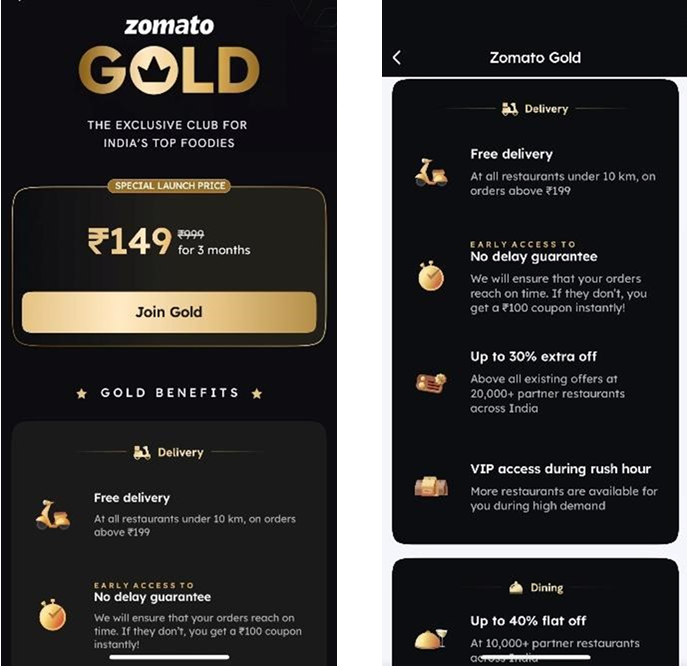
Zomato Gold enhances the online and offline dining experience, rewarding frequent users with real-time value and convenience.
MakeMyTrip Black is a tiered paid loyalty program tailored for frequent travellers. With a one-time fee starting from ₹499 (for the base tier), members receive perks that elevate their travel experience:
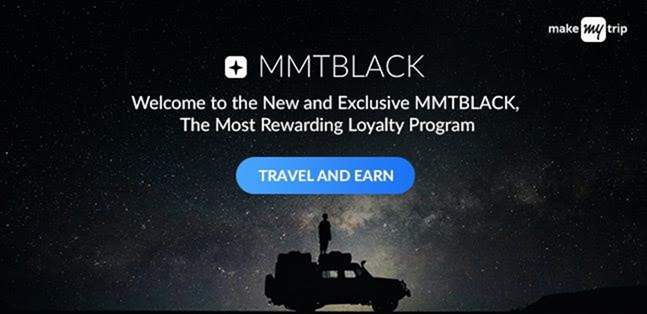
This program creates a compelling reason for customers to book exclusively through MakeMyTrip by offering tangible, recurring rewards.
Nykaa, India’s leading beauty retailer, offers Nykaa Prive Gold, a premium tier of its loyalty program with annual membership (cost varies based on spend). This membership is perfect for beauty enthusiasts who want more than just rewards:
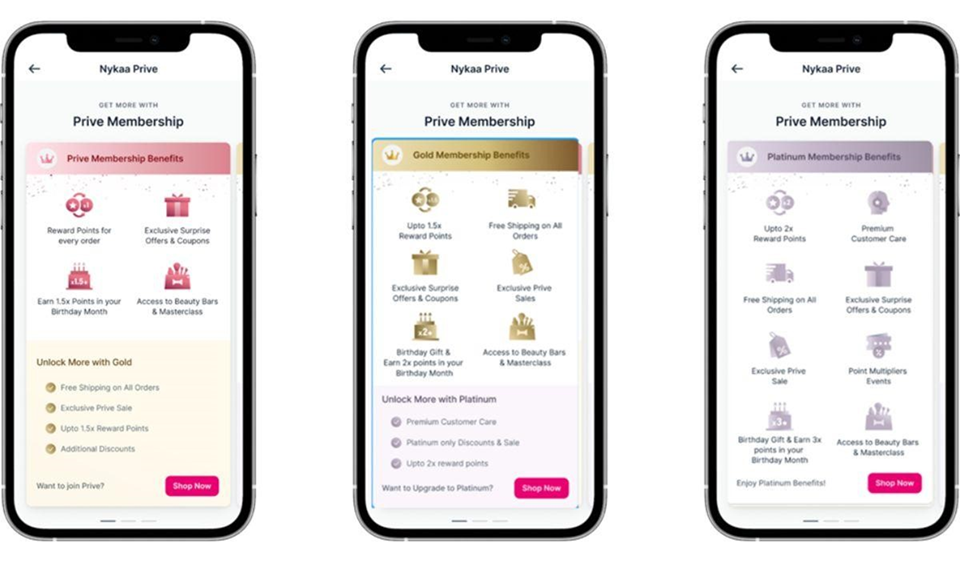
Nykaa Prive Gold creates a luxe, personalised beauty experience, driving loyalty through a sense of community and exclusivity.
Creating a successful paid loyalty program requires a thoughtful approach, balancing value for customers with sustainable growth for your business. Based on research and consumer feedback, here are three key strategies to develop a competitive paid program:
The sign-up fee can be a significant barrier, so it’s crucial to offer benefits that are compelling enough to justify the cost. Customers expect at least a 150% return on their subscription in tangible benefits like discounts, free products, or exclusive services. The key takeaway - demonstrate the value of your paid program upfront by highlighting its "hard" benefits — those that directly impact the customer’s wallet. Make sure the perceived value exceeds the cost to encourage sign-ups.
Once customers have joined, retaining them requires more than just transactional perks. While discounts and free products can drive initial sign-ups, long-term loyalty thrives on experiences that resonate emotionally. Think personalised events, members-only content, or exclusive access to unique offerings. Customers value brand affinity, and a strong emotional connection can significantly improve retention rates. A program built around both hard-value and experiential benefits will help customers feel like they’re part of something special, keeping them engaged year-round.
A key challenge with paid programs is ensuring consistent engagement, especially in the critical first year. Research shows that 50% of cancellations happen within the first year, often due to customers not utilising their benefits enough. To combat this, offer benefits that can be accessed immediately upon sign-up and frequently thereafter. "Everyday discounts" and regular, exclusive events are powerful tools for keeping your program top-of-mind. Frequent interactions help increase the program’s perceived value, creating a loyalty loop that encourages renewals.
Before launching, evaluate whether your brand aligns with a paid loyalty strategy. Ask yourself:
By considering these factors and aligning your loyalty program with your business model, you can create a paid loyalty program that not only drives growth but also fosters a deeper connection with your best customers.
Paid loyalty programs offer significant benefits, but they also come with their own set of challenges for both brands and customers that must be navigated carefully.
Getting customers to sign up for a paid loyalty program is always harder than attracting them to a free one. The financial commitment is a major barrier, especially if the benefits aren’t clearly communicated or compelling enough. Brands looking to rapidly expand their customer base through incentives like referrals might find a paid model less effective, as the pool of potential members is naturally smaller.
Setting the right price for membership and ensuring the benefit mix is appealing without being too costly can be complex. A program needs to strike a balance between profitability and customer value, ensuring that members feel the rewards they receive are worth the price they pay. Mispricing can lead to dissatisfaction or missed revenue opportunities.
Once customers are signed up, the real challenge begins: keeping them. A paid loyalty program requires consistent value delivery. Failing to innovate or refresh benefits risks high churn rates, as customers who don't feel they are getting enough out of the program will cancel their memberships. Regular engagement and benefit updates are crucial to retention.
Unlike free programs, paid loyalty programs often require more resources to develop and maintain. The operational demands of managing memberships, delivering consistent benefits, and continuously adding value can be resource-heavy. Without dedicated effort and investment, a paid program can quickly lose its appeal.
A poorly executed paid loyalty program can harm your brand. If customers feel they’re not receiving the promised value, or if the program becomes stagnant, they may feel “ripped off,” potentially damaging the brand’s reputation. It’s critical to deliver on promises and consistently improve the program to avoid these pitfalls.
Naturally, paying for a membership can be a deterrent. Even if the benefits are valuable, customers are far more likely to opt into free loyalty programs. To overcome this, brands must ensure that the perceived value of the program is significantly higher than the membership fee.
If customers don’t make purchases often enough, they might not fully utilize the benefits of the program. This concern is particularly relevant for businesses with a lower purchase frequency, where customers could feel they’re not getting their money’s worth.
A paid loyalty program is at risk of losing appeal if the benefits don’t evolve. As customers renew their memberships, they will reassess whether the program still offers value, especially if their needs or financial situation changes. Brands need to keep the offering fresh to ensure long-term satisfaction.
For paid models to remain effective, brands must emphasise clear value propositions. Customers should easily see how their investment will pay off, with benefits that consistently exceed their membership cost. Flexibility will be key — offering options like pausing membership or adjusting delivery schedules can help accommodate customer needs and reduce churn.
Looking ahead, successful paid loyalty programs will focus on flexibility, personalisation, and continuous value. Brands that embrace these strategies and adapt their programs to customer feedback will be best positioned to thrive in the evolving landscape of paid loyalty. By understanding both the challenges and opportunities, businesses can craft loyalty programs that enhance customer engagement while driving sustained revenue growth.
Paid loyalty programs can be a powerful tool for businesses focused on maximising ROI and fostering deeper connections with their most valuable customers. They create an exclusive environment that encourages repeat business, drives long-term loyalty, and boosts profitability. However, they may not be the ideal solution if you're aiming to appeal to a broader audience or simply want to generate customer goodwill.
Whether you choose a paid, free, or hybrid loyalty approach, the key is aligning your program with your business goals. For smaller ecommerce businesses, the challenge often lies in the effective implementation, optimisation, and analysis of these programs — all while managing resources efficiently. But with the right strategy and a clear understanding of your customer base, even smaller businesses can harness the power of loyalty programs to drive growth and build lasting relationships.
Ready to supercharge your customer loyalty? Explore how Thriwe can help you create a seamless and rewarding loyalty program for your business today! Talk to Thriwe’s Loyalty Expert.